As you know, Ancient Town of Hoi An has drawn visitors from all over the world thanks to its stunning natural scenery, stunning beaches, and cultural fusion of Chinese, Vietnamese, and Japanese architecture and culinary delicacies. This little lovely town is known as a little Venice of Vietnam or the Lantern city of the country. The UNESCO World Heritage Site is a place worth visiting for every single traveler. Let’s uncover Hoi An Ancient Town with us.
Contents
- 1 WHY CALL HOI AN?
- 2 WHERE IS HOI AN TOWN?
- 3 WHY HOI AN WAS LISTED AS UNESCO WORLD HERITAGE SITE?
- 4 WHY YOU SHOULD COME TO HOI AN VIETNAM?
- 5 WHAT ARE THE MAIN ATTRACTIONS IN HOI AN OLD TOWN?
- 6 TAILOR IN HOI AN TOWN
- 7 HOI AN’S SPECIALTIES
- 8 BEST TIME TO TRAVEL TO HOI AN, HOW MANY DAYS TO SPEND?
- 9 BEST TRAVEL AGENT TO BOOK TOURS IN HOI AN?
WHY CALL HOI AN?
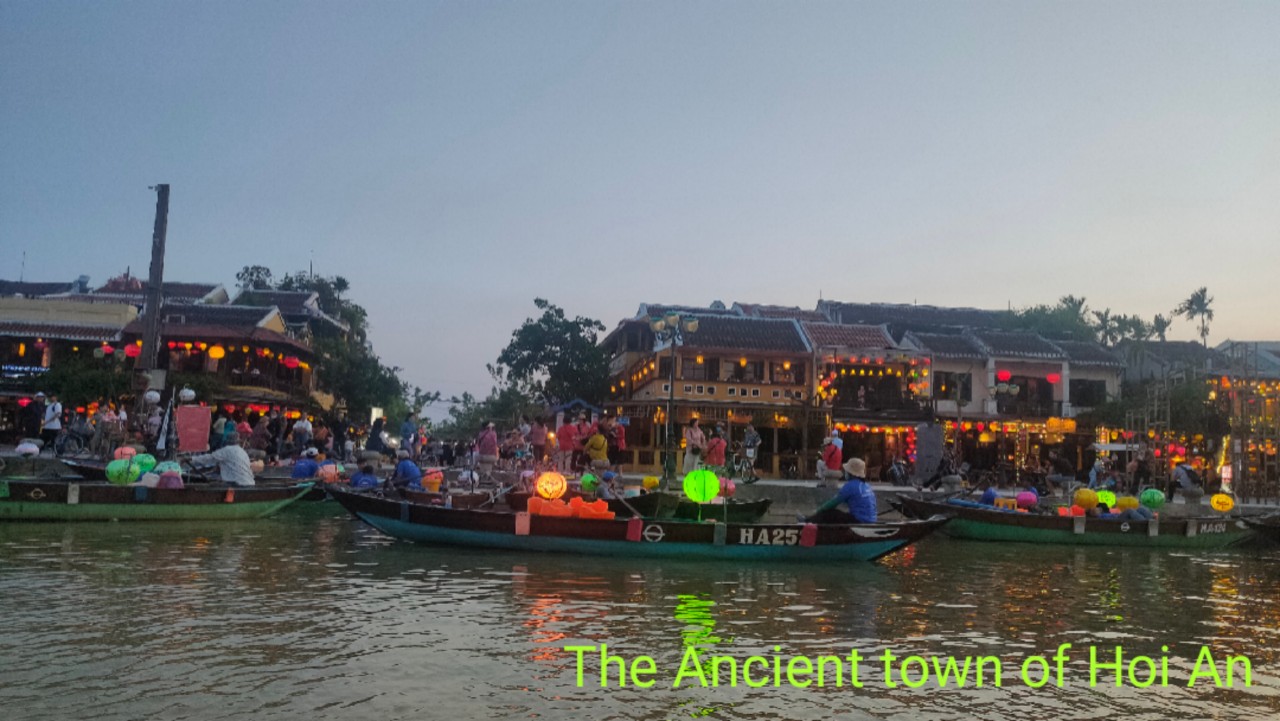
Hoi An, in the Sino-Vietnamese sense, means “a peaceful meeting place”. Exactly back to the old days, Hoi An town was the busy trading port of Champa Kingdom called Dai Chiem seaport which belonged to Amaravati land. Later, when the Chinese came, they called this port town Hoai Pho because it is located on the banks of Hoai River (the name of a section of the river downstream of Thu Bon River that flows to Dai Chiem estuary).
WHERE IS HOI AN TOWN?

Hoi An is located in Central Vietnam, 28km south of Da Nang city. Hoi An is a tourist city that belongs to Quang Nam province.
Based on the 6,146.88 hectares and 121,716 inhabitants of Hoi An city’s administrative units, this location was established as a city in 2008. Hoi An City contained 14 administrative units when the city was founded, including 10 wards, 4 communes and Tan Hiep island commune.
WHY HOI AN WAS LISTED AS UNESCO WORLD HERITAGE SITE?
LOCATION
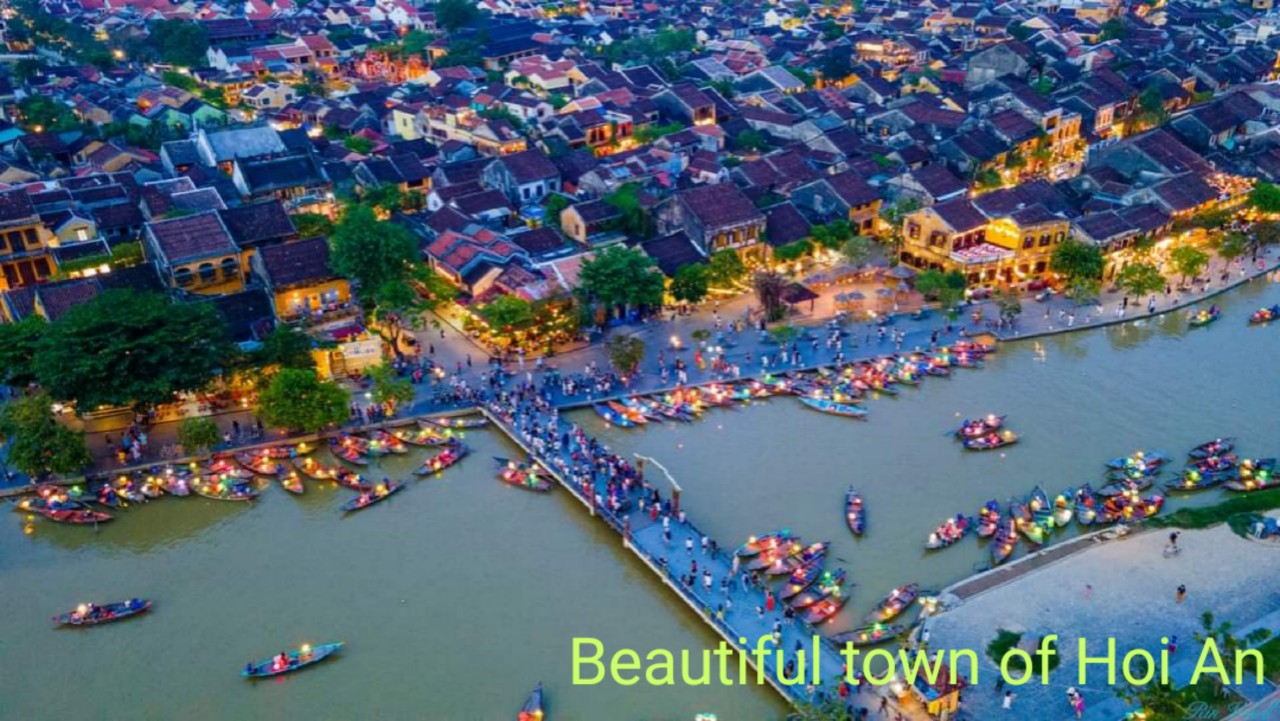
Hoi An Ancient town, a trading port situated on the banks of the Quang Nam province’s biggest river – Thu Bon river , has gone by several names throughout history: Hai Pho, Hoai Pho, Hoi Pho, Hoa Pho, Haiso, and Faifo. Once the bustling trading port of Vietnam and the top rating in Southeast Asia, Hoi An was luring commercial ships to come here to trade, purchase, and sell items from many Southeast Asian and Western countries.
Hoi A trading port was established in the sixteenth century, reached its height of prosperity in the seventeenth and eighteenth centuries, and then slowly started to fall starting in the nineteenth century, becoming only a shell of the once-proud metropolis.
While other ancient cities were destroyed or only survived for a short period of time before being fully modernized by human being, Hoi An has still been kept its entirety and all its relics that are still complete.
TRANSITIONAL PLACE
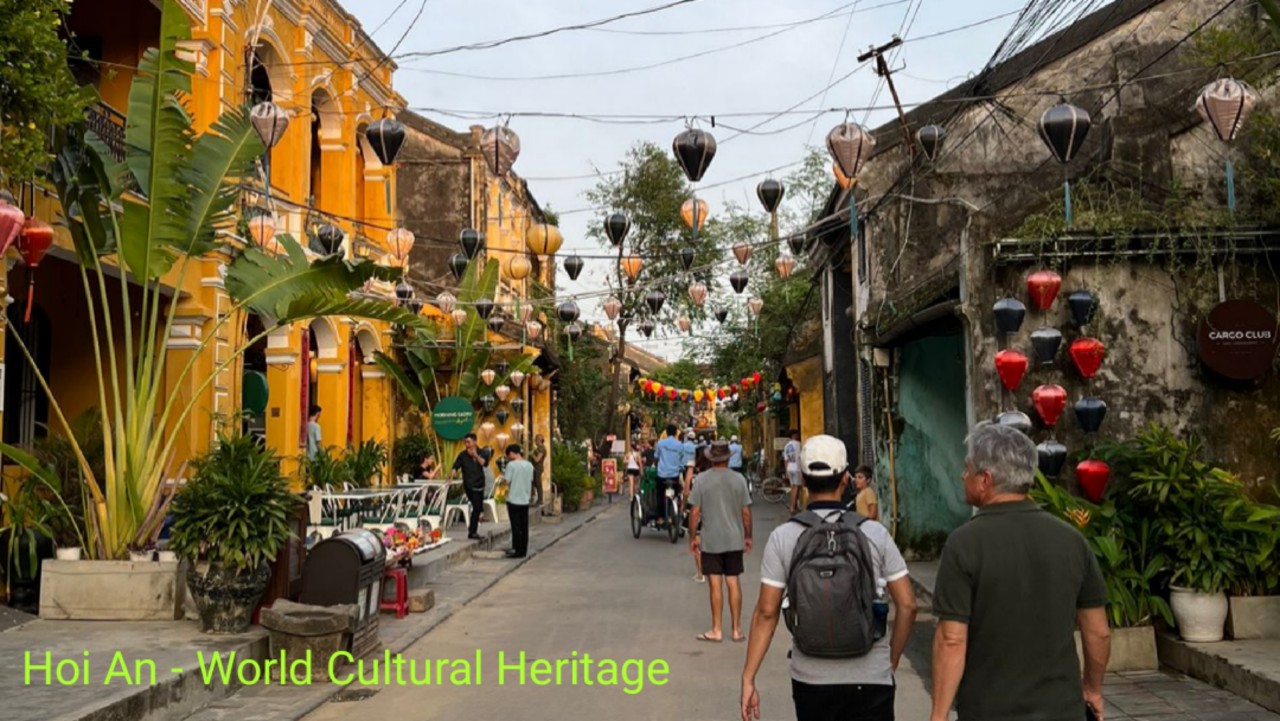
Hoi An Ancient Town was a part of an ancient Champa trading port, a “Lam Ap Pho” beside the big Thu Bon river’s mouth. In addition, Hoi An was directly prepared from the 15th century when the Vietnamese arrived to settle here and established a trading gateway of Dang Trong in Vietnam with the outside world.
CULTURAL EXCHANGE
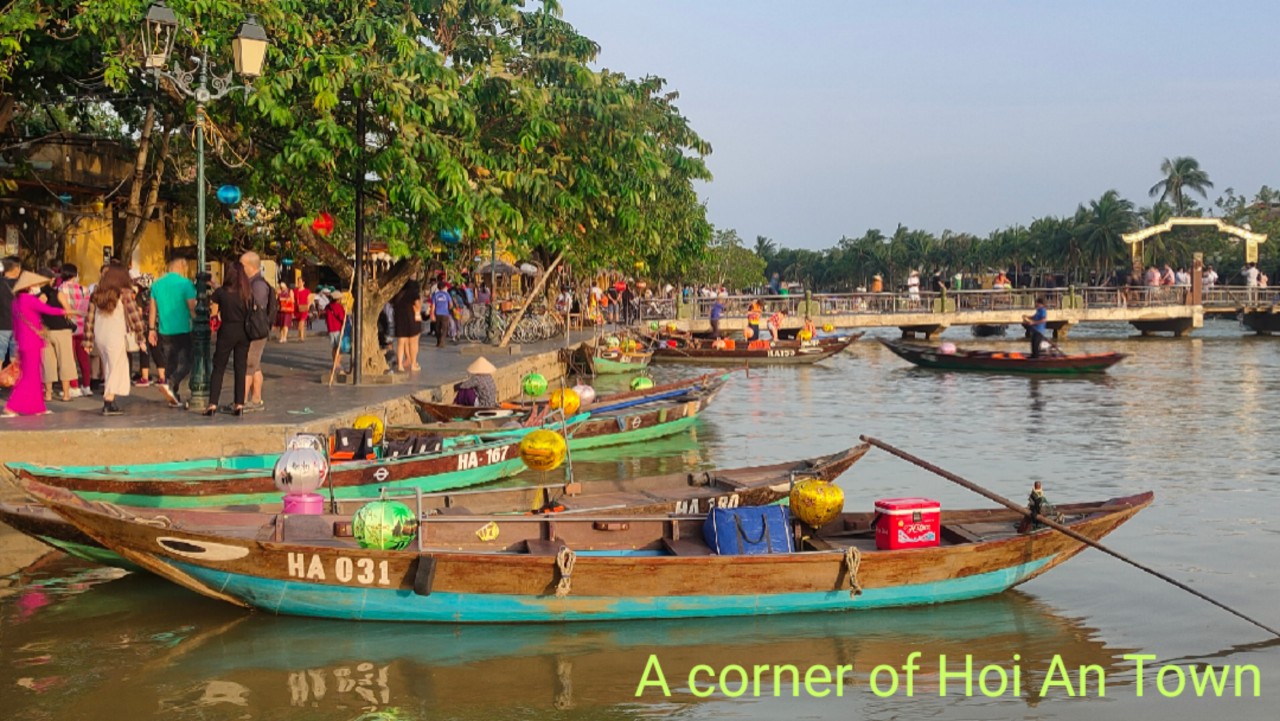
On the one hand, Hoi An inherited the essence of the ancient port of Champa. Hoi An is therefore a hub for East-West cultural interchange, the cradle of the national language, and a key location for the development of Buddhism and Christianity in Cochinchina.
INTACT RELICS
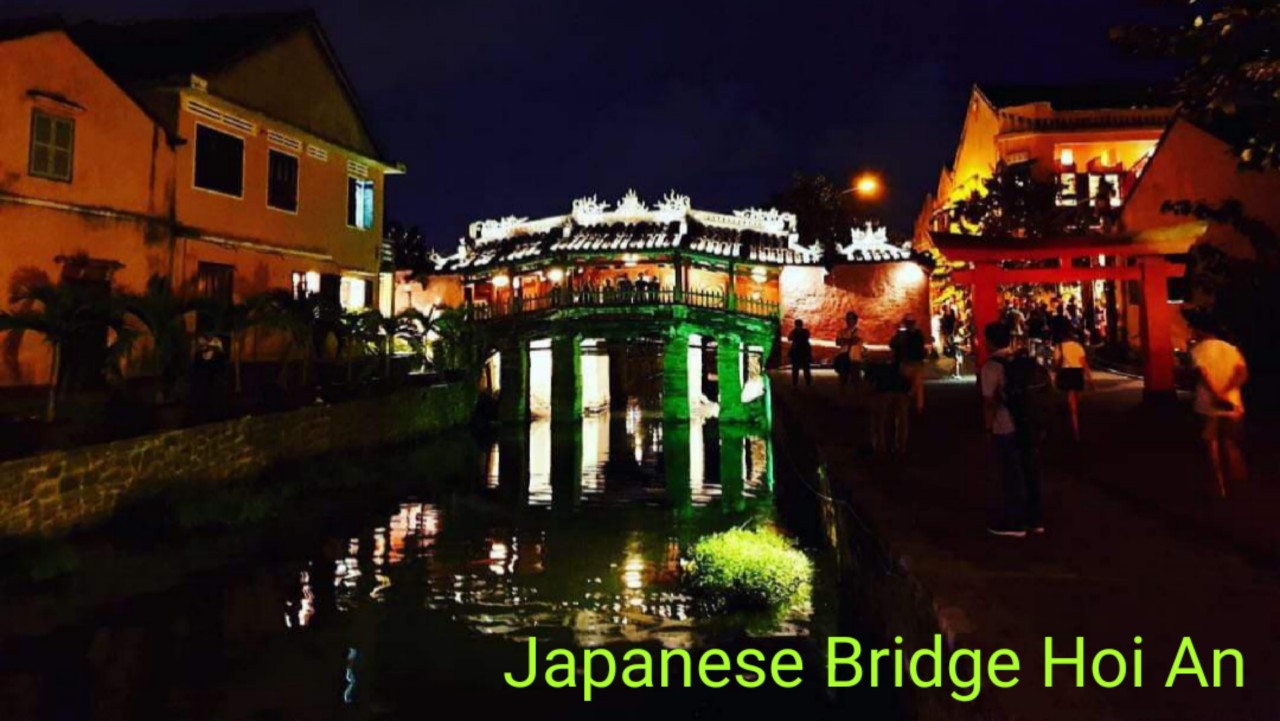
The remains of the harbor, the old town, the connected buildings, the family church, the temple, the Chinese assembly hall, the Japanese tombs, the Chinese community, and the most distinctive relic that is still undamaged – Japan Bridge.
Overall, on December 4th, 1999, Hoi An Ancient town was recognized as World Cultural Heritage of Vietnam.
WHY YOU SHOULD COME TO HOI AN VIETNAM?
PEACEFUL TOWN

No elsewhere in Vietnam has a little tranquil town like Hoi An. Blessed by Mother Nature to own a strategic location which is both near UNECSO site My Son Sanctuary and beautiful beaches, islands. Besides, Hoi An was the busy trading port and it witnessed the trading activities between business men around the world. Many ancient relics are still well preserved from the past make Hoi An a wonderful tourist destination. Moreover, Hoi An is so charming at night will all lights, lanterns making the city so colorful and quiet.
GOOD LOCAL FOOD
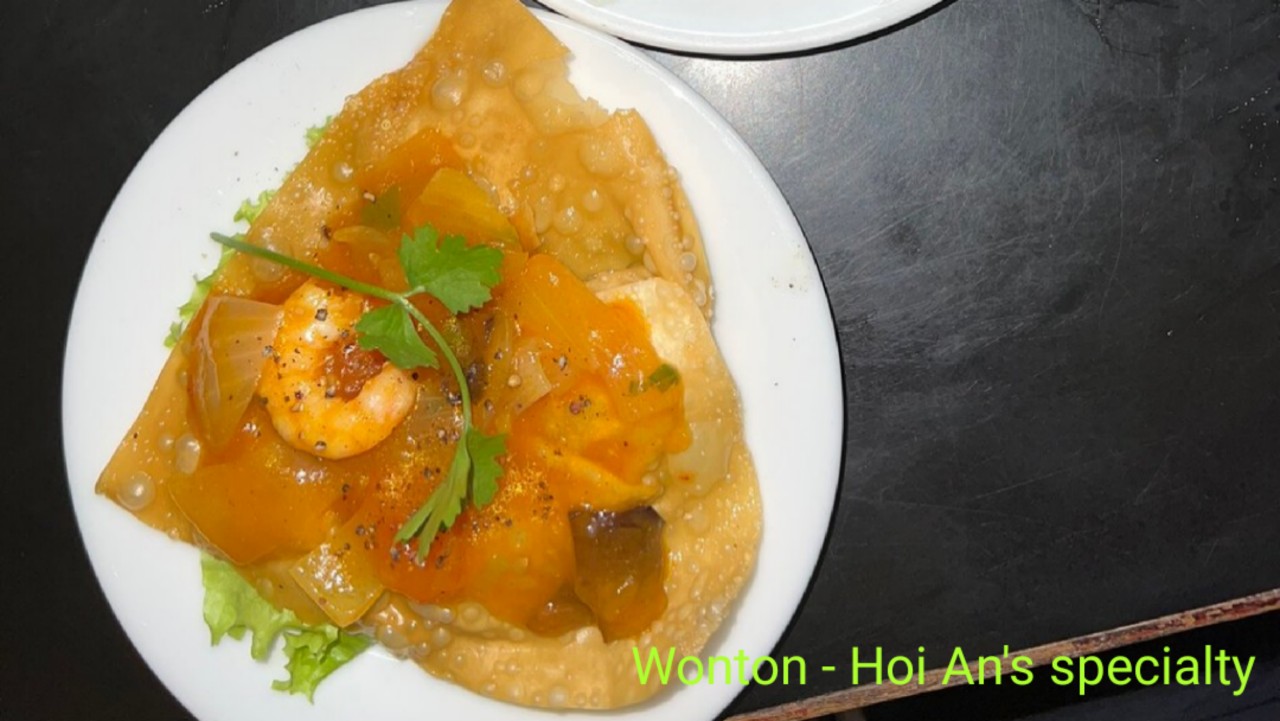
Coming to Hoi An, in additon to visiting the old town of Hoi An, tourists can have a chance to sample some of Hoi An’s best cuisines like Cao Lao, Quang Noodles, White Rose cake, Dumplings, Chicken rice and so on. These dishes reflect the cultural exchange between many cultures in the past and it is one of the resons that you must come here for special cuisine.
TRADITIONAL VILLAGES
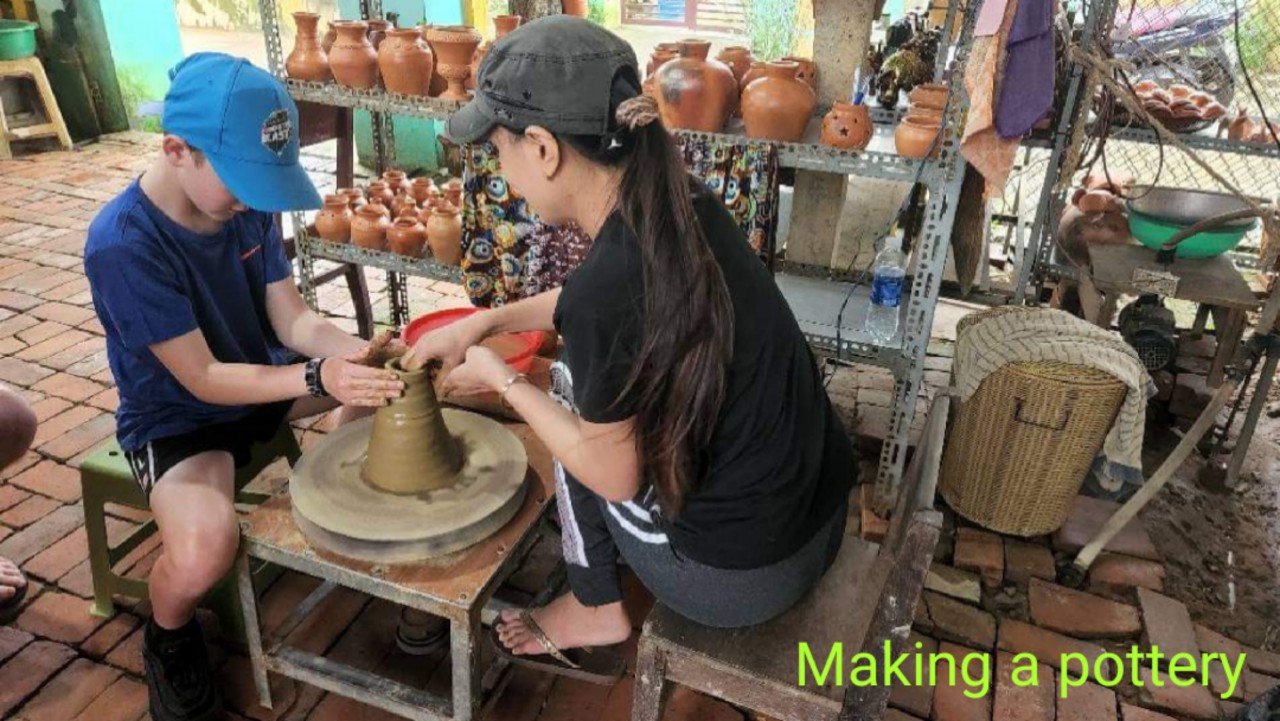
Hoi An has all that attract tourists all over the world. There are lots of fun things to do in Hoi An, most of which highlight the splendor of the locals’ culture. To get back to nature and experience local life, you can sign up for Hoi An trips like “One Day as a Farmer in Tra Que Vegetable Village” or “One Day as a Fisherman.”
Besides, you can take a bike to explore Thanh Ha Pottery village and Kim Bong Carpentry village to watch skillful hand of local artisans and enjoy the local life of people.
WARM HEART PEOPLE

The old culture that was created in Hoi An by a confluence of Vietnamese, French, Chinese, and Japanese people is still present today. Wherever you go, you will find very warm eyes and helpful people as they are welcoming guests. The people here are incredibly hospitable. They welcome visitors and politely invite you to buy things but not pull, beg or stalk you.
WHAT ARE THE MAIN ATTRACTIONS IN HOI AN OLD TOWN?
MUSEUM OF HISTORY AND CULTURE OF HOI AN
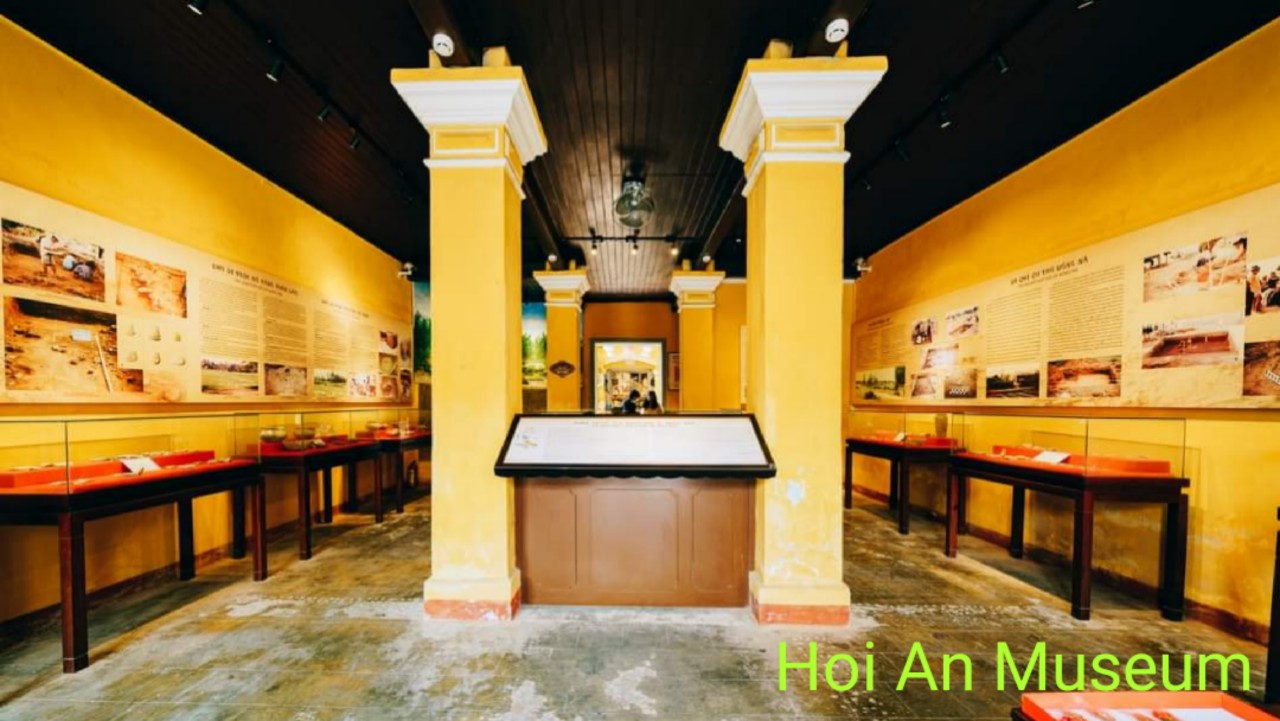
The Hoi An Museum of History and Culture is displaying hundreds of artifacts, including original artifacts and photographic materials.
The museum is a place to keep and witness the development of people, culture and history of Hoi An ancient town from its early days, when it was a prosperous trading port to today – a famous neighborhood. with ancient architecture, full of outstanding.
Upon coming here, you will know all about the history of Hoi An ancient town as well as seeing lots of pictures of Hoi An since it’s early stage of development until now.
JAPANESE BRIDGE
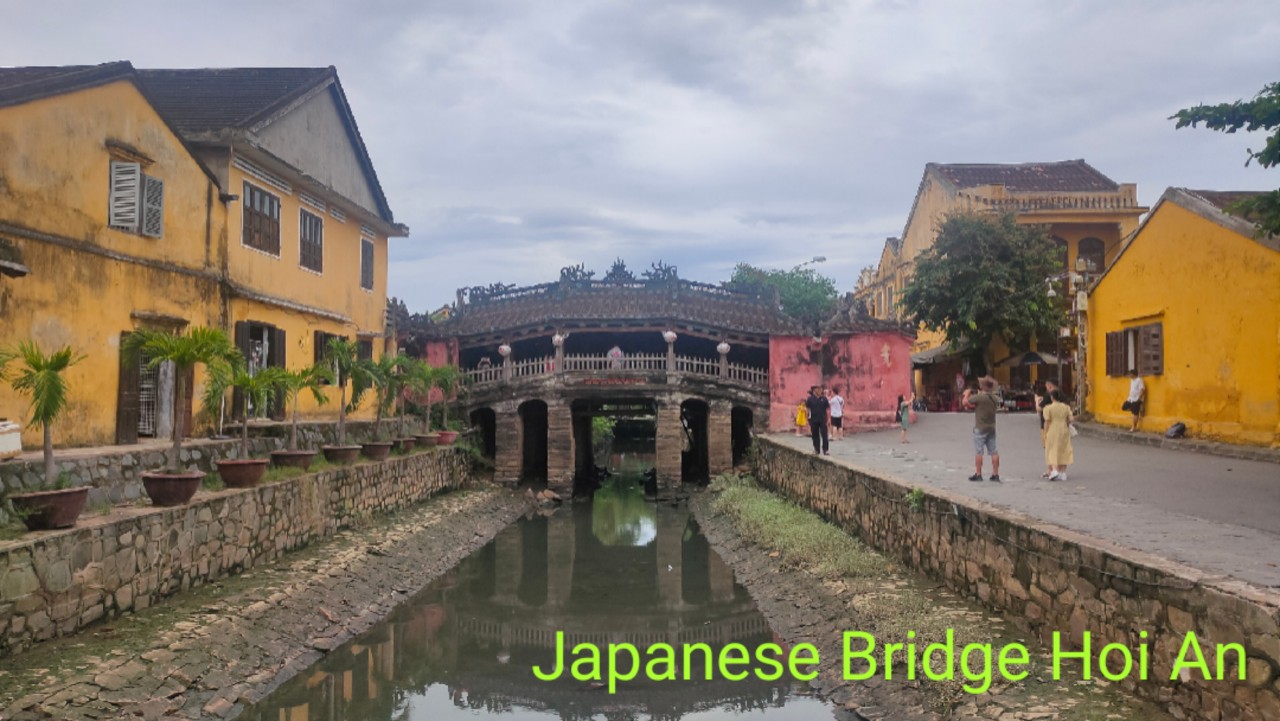
Japanese Covered Bridge, also known as Japanese Temple, is a work built by Japanese merchants who came to Hoi An to trade in the middle of the 16th century. Due to the influence of natural disasters, the Covered Bridge has been restored many times and combined the elements of Japanese architecture together with Vietnamese – Chinese style. The Covered Bridge is an invaluable asset for Hoi An people and therefore has been officially chosen as the symbol of Hoi An. The image of Chua Cau is on the VND 20,000 banknote in Vietnam currency.
FUJIAN ASSEMBLY HALL
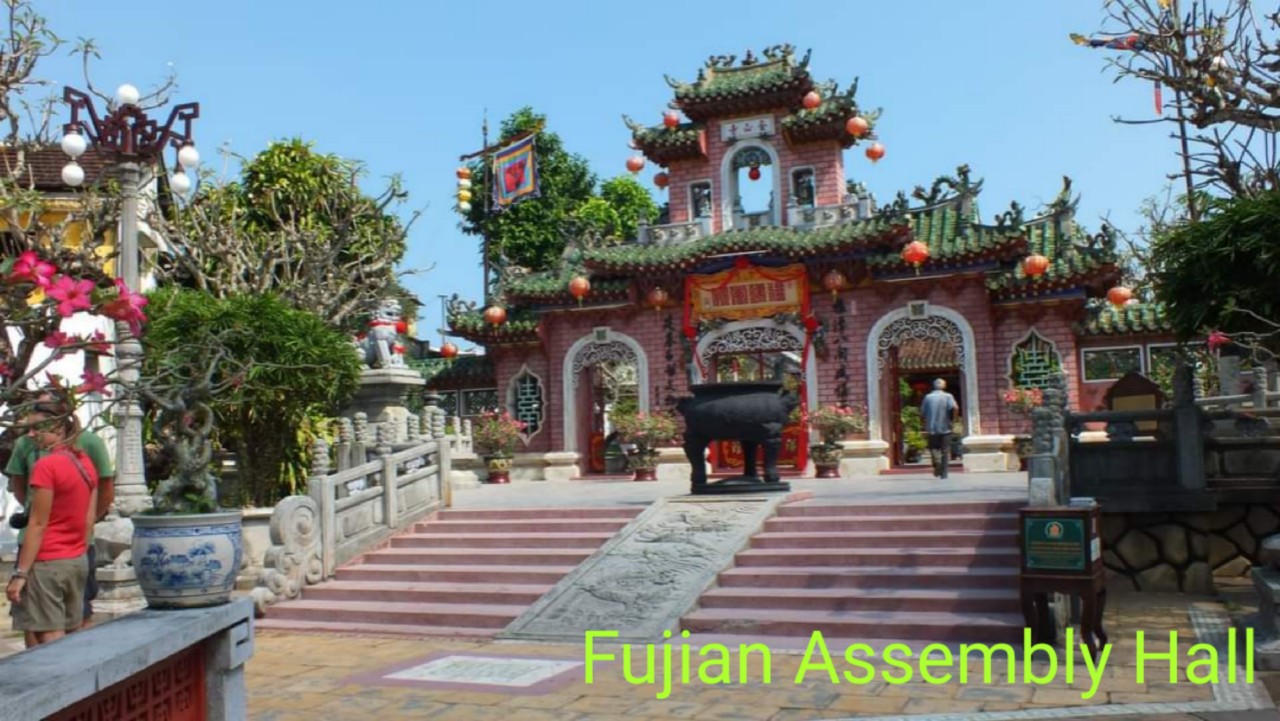
In 1690, individuals from Fujian province (China), who had relocated to Hoi An to live and develop, constructed the Hoi An Phuc Kien Assembly Hall. The Assembly Hall was originally constructed entirely of wood, and in 1757 it was reconstructed with bricks and the current roof made of tiles.
The Phuc Kien Hoi The Assembly Hall serves as a place of prayer for Lady Thien Hau Thanh Mau and the protectors of rivers, water, money, children, and ancestors as well as a gathering place for businessmen from around the globe coming to wish for successful business contracts.
Today, it is one of the elaborate Chinese Assembly Halls in Hoi An and a must – visit for any travelers.
CANTONESE ASSEMBLY HALL
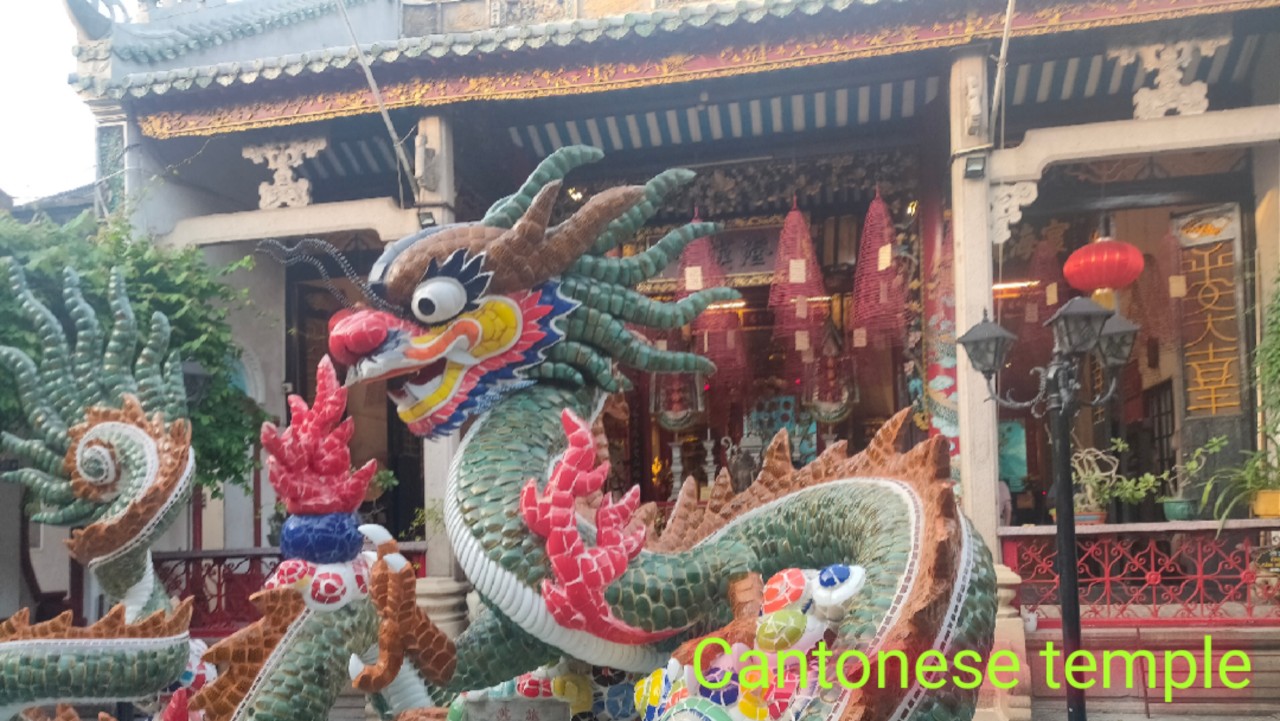
Hoi An served as one of Vietnam’s primary commerce ports from the 15th through the 19th centuries. This made it one of the first towns to draw Chinese búinessmen to our country to settle and conduct business activities.
So, the Cantonese merchants’ association constructed the Cantonese Assembly Hall in 1885, which served as a venue for neighborhood events and Chinese association beliefs in the old town of Hoi An. Besides, it was built with the intention of acting as the communities’ gathering and exchange locations. That’s why the Cantonese Assembly Hall is decorated with Chinese cultural designs and decorative themes.
TAN KY ANCIENT HOUSE
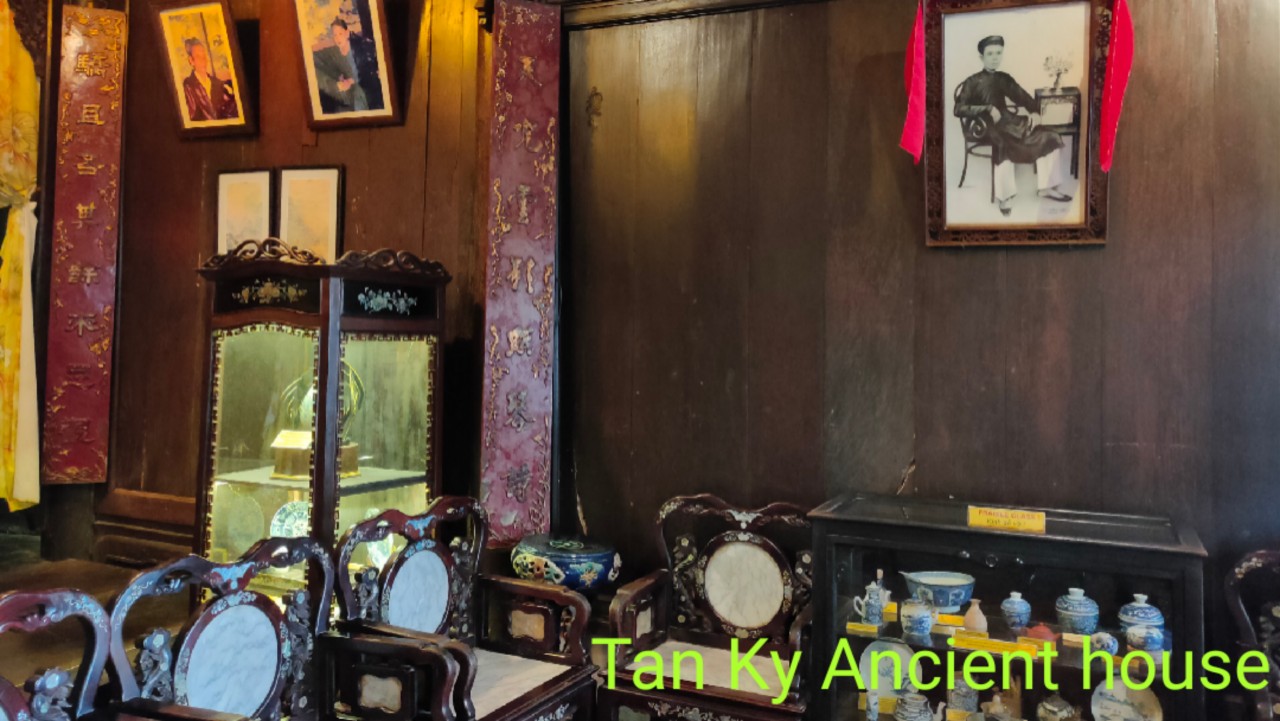
Tan Ky historic home was constructed in 1741 and it is now a private old home. Over the past 200 years, the houses has been preserved almost entirely. The owner still resides in the home’s upper floors, but the bottom floor is reserved for guests. Tan Ky’s antique home has been inhabited by 7 generations, and it was divided into 3 parts: the rear, the middle and the front.
Many sophisticated wooden architectures of the house reflects the glorious time of the house owners’ business in the past when Hoi An Ancient town was a trading port.
Tan Ky Ancient House was honored to receive recognition as a national historical and cultural monument and as a World Cultural Heritage Site by UNESCO in 1990.
DUC AN ANCIENT HOUSE
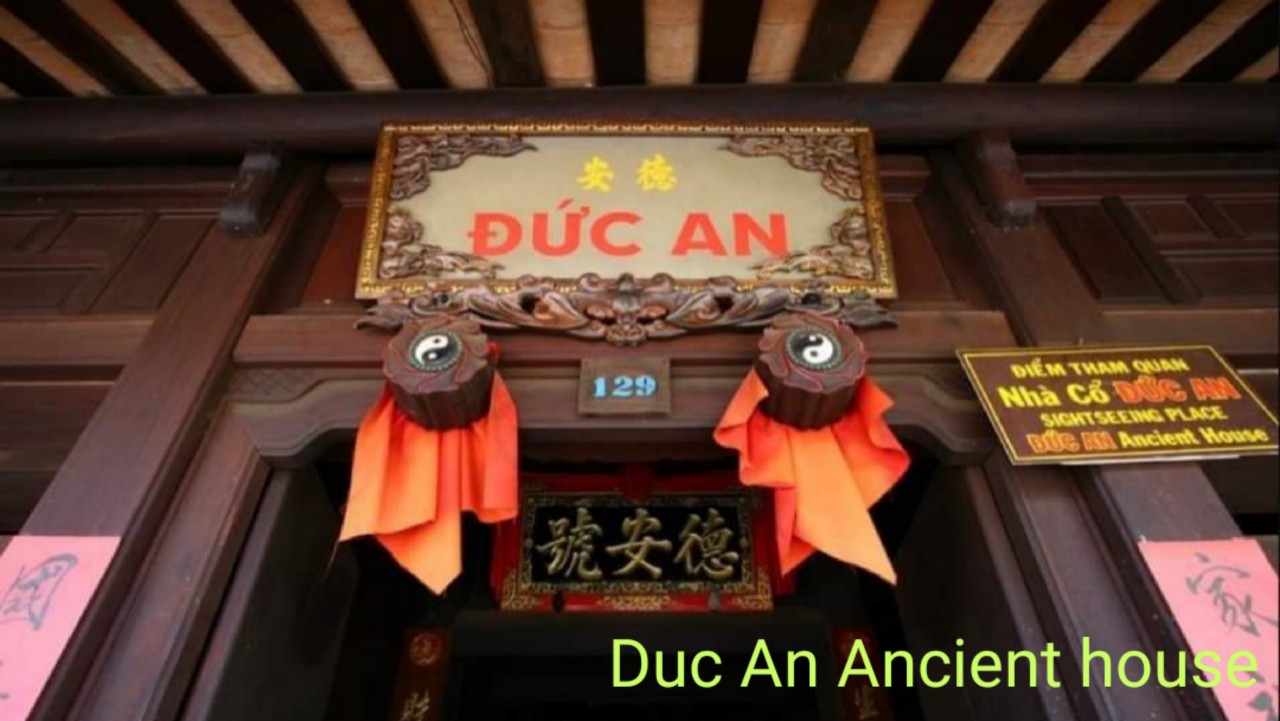
Nearly 190 years ago, in the middle of King Minh Mang of the Nguyen Dynasty’s rule in 1830, Duc An Ancient house was constructed. There have been 8 generations living here so far since this house that the great-grandfather of the Phan family left for his successors.
The nameplate with the two words “Duc An,” which translate to “preserving morality for peace,” is the first thing you see when you enter this house.
In addition, Duc An House was where the patriotic Cao Hong Lanh was born and raised. He was the member of the Vietnamese communist party and played many important positions during his life.
Moreover, Duc An Old House used to serve as a Bookstore and a Chinese medicine store.
QUAN THANG ANCIENT HOUSE
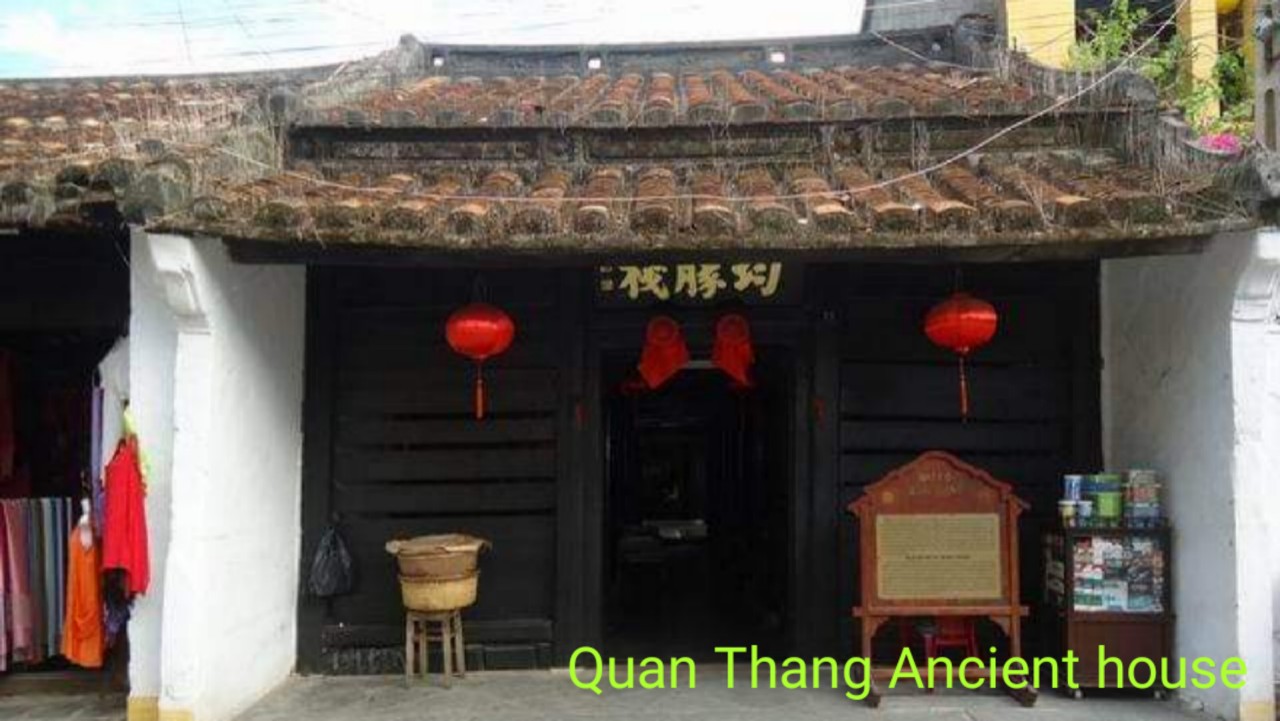
Around the year 17th century, the Quan Thang Old house was constructed, displaying the role of both home residence and merchant shop.
The diaphragms, the couplets are meticulously carved inside the house depicting the wealth and upper class of the merchant class in Hoi An in the past. In addition, inside the Ancient house of Quan Thang today, many relics and antiquities are preserved intact for hundreds of years.
BALE WELL
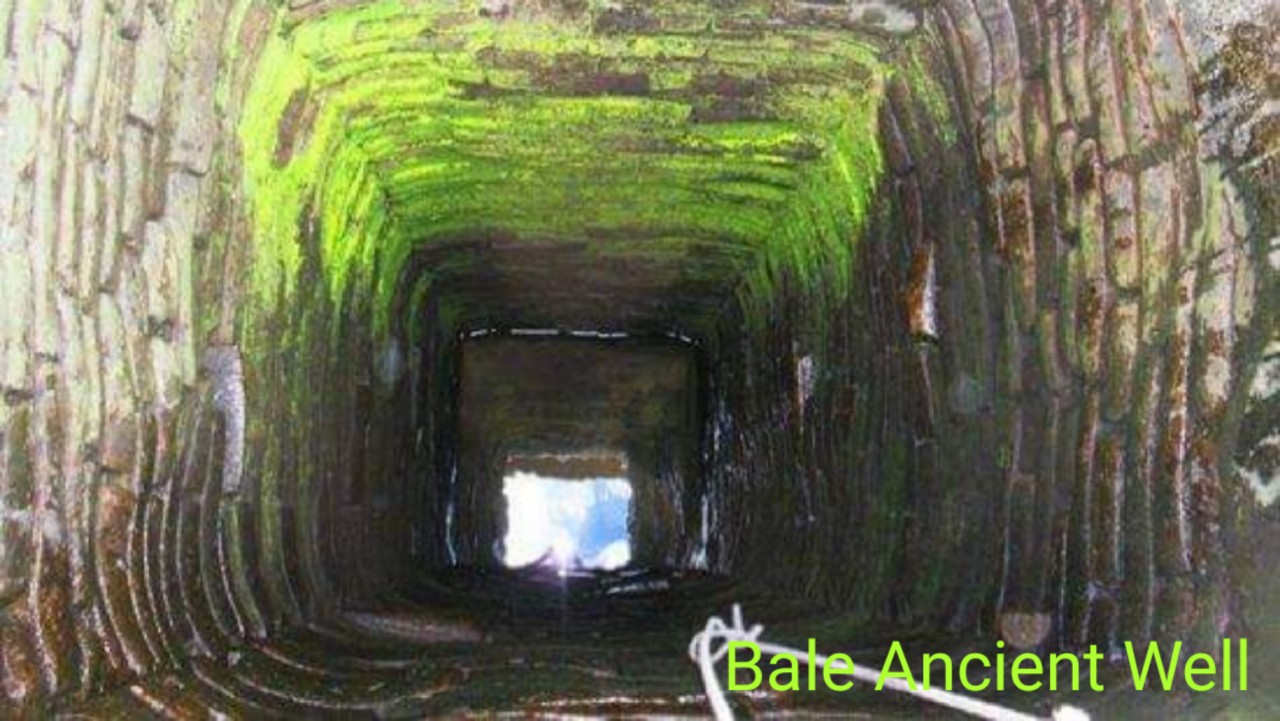
In Hoi An town, there are many ancient water well but Ba Le Well seems to be the most famous one. According to the story, Ba Le Well was built in the 8th century. Numerous stories claim that the Cham people once dug Ba Le Well to meet both their daily needs and the requirements of visiting merchant boats from other nations that came to trade with them.
Undergoing many ups and downs as well as the effects of time. Ba Le well is still in Hoi An reflecting ancient town of Hoi An with a diverse culture.
HOI AN MARKET
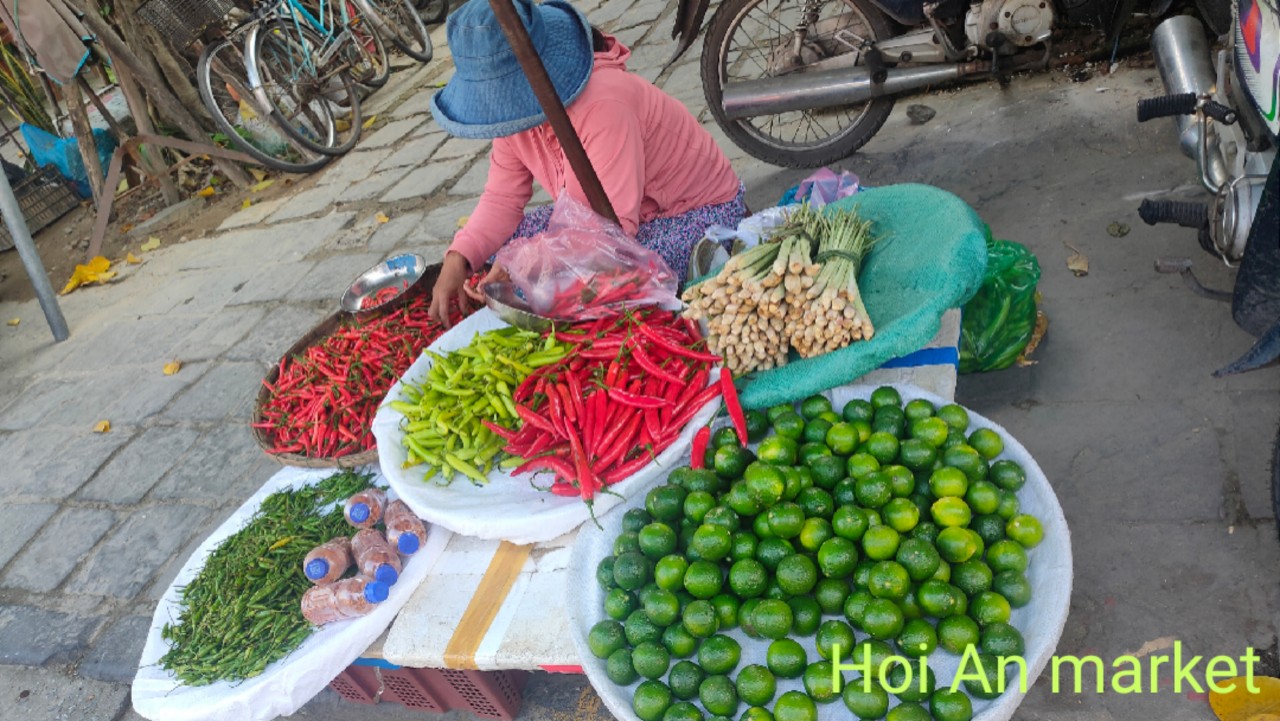
Hoi An Market also boasts the distinctive old-town architectural elements, such as mossy tiled roofs and golden walls that bear the color of time, which captivates tourists.
To make it easy for visitors to discover the goods they need to buy or the food they want to eat while visiting Hoi An market, the market is separated into numerous sections, including a fresh seafood section, a vegetable and fruit section, a souvenir section, and a food court.
Coming here, you can enjoy all local Hoi An’s special food at an affordable price.
TAILOR IN HOI AN TOWN
The tailoring business in Hoi An is quite advanced, and it even offers a “hot tailor” service that can swiftly meet tourist demands while maintaining the highest standards of quality and aesthetics. Here, the fabric is exquisite, expertly crafted, and considerate.
Visitors coming to Hoi An town really like to make their own delicate and beautiful pure suits or dresses. Therefore, there are hundreds of households in Hoi An operating clothing stores/tailor shops and tailoring businesses to cater to tourists in Minh An ward, the center of the old town. A few well known shops are Yaly, Thu Thuy, Thang Loi, A Dong Silk, Dong A, Bao Khanh, Bill Ben…
HOI AN’S SPECIALTIES
CAO LAU

The Cao Lau bowl has golden noodles, crunchy grilled rice paper, small pieces of crispy pork skin, fragrant raw veggies. This is a must try dish when you come to Hoi An.
Cao Lau is not only special in its strange name, but also special in its recipe, from the selection and handling of ingredients to the sauce and herbs. All have created a subtle and unforgettable taste for a bowl of Cao Lau full of color, eye-catching color, and the culinary soul of the old town.
MY QUANG
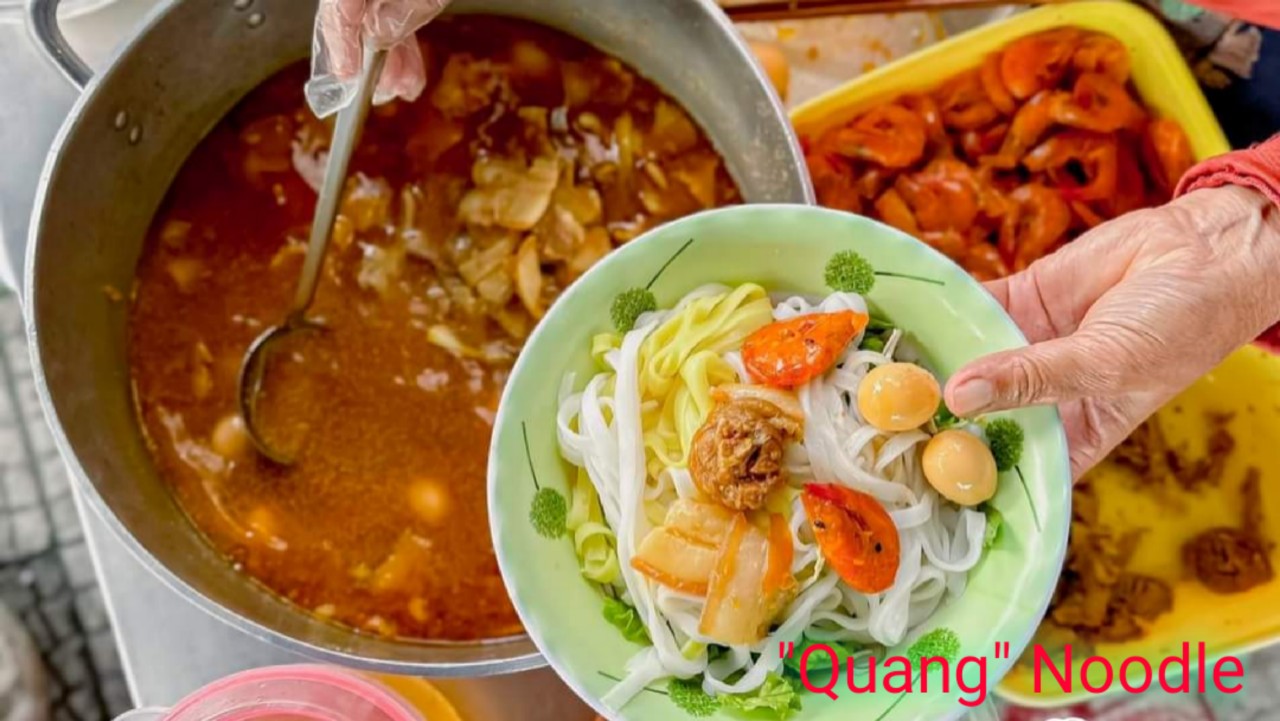
Quang Noodles, like Pho and Vermicelli, are made from rice but have distinct nuances and flavors. As the name suggests, this noodle originated from Quang Nam province.
Hoi An people cook Quang noodles from the ingredients in daily life. Fresh noodles are made from flour mills and bakeries. Fresh green vegetables are available in the garden, the broth is cooked from the bones of shrimp, chicken, fish and crabs… Quang noodle dish was born and is famous with domestic and foreign tourists.
The rustic feature of Quang Hoi An noodles lies in the variety of “versions” of noodles. For example: beef noodles, fish noodles, chicken noodles, duck noodles… The fresh noodles are handmade with sweet broth and accompanying foods, creating an unforgettable attraction of Quang noodles.
WONTON
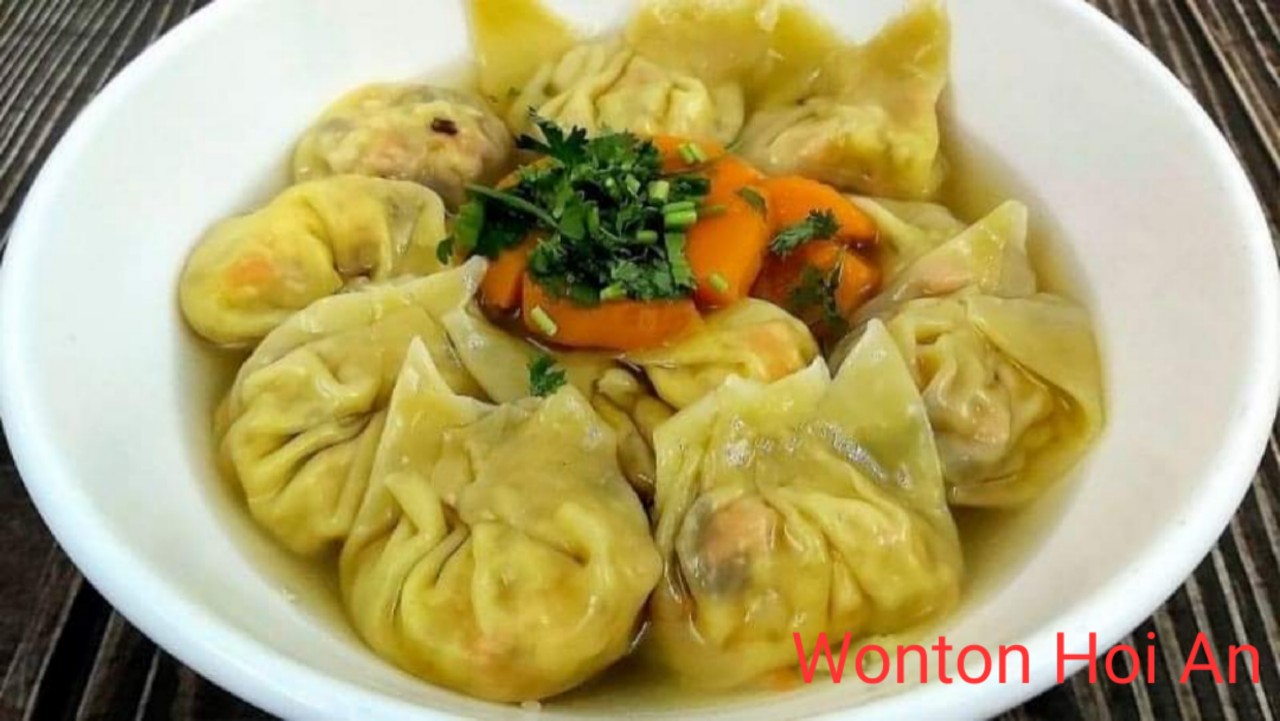
Wonton, a dish originating from China, is also a traditional and familiar dish associated with the life of Hoi An people for a long time. Wonton has many processing methods with different forms such as fried wonton, water wonton, noodle wonton, etc. Hoi An wonton has the typical flavor and style of Hoi An town.
BANH MY HOI AN
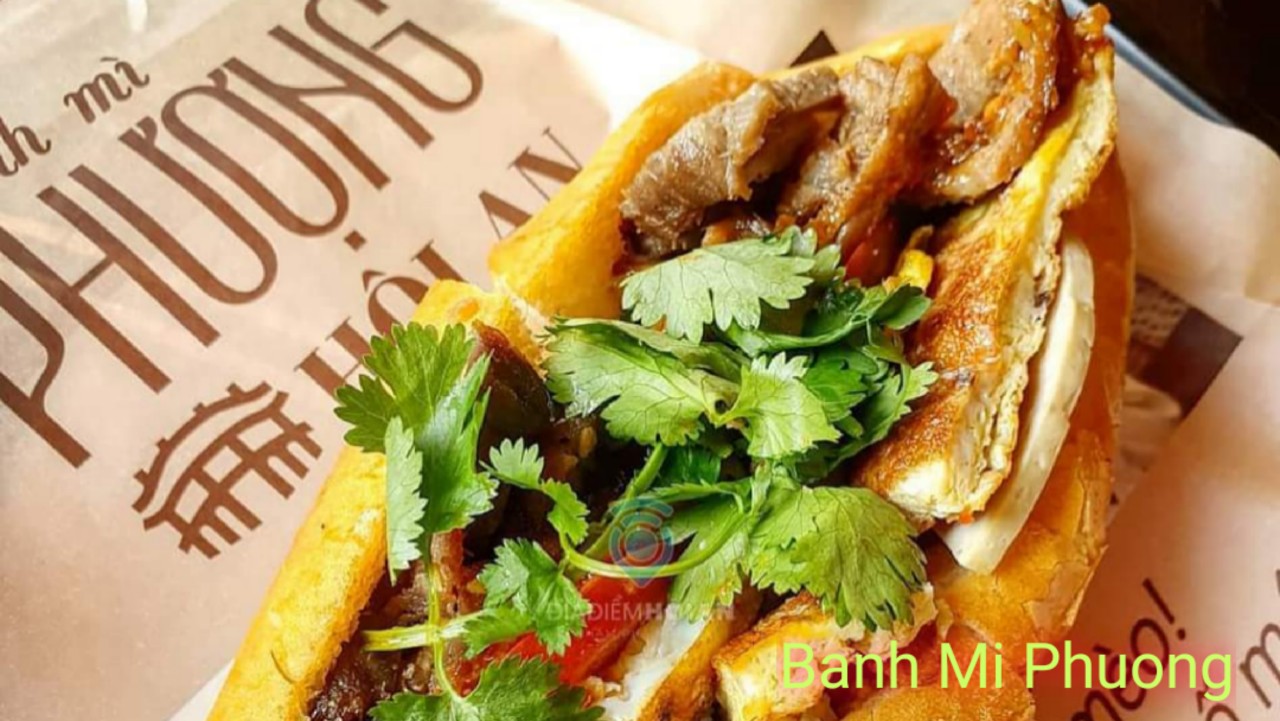
Hoi An bread is one of the famous street food in Vietnam. Hoi An bread has a variety of fillings such as burgers, pate bread, chicken bread, char siu bread…
Hoi An bread is different than others because it uses a thick bread with a crispy crust outside. Gives the feeling that when you bite a piece of bread, the crust melts in your mouth. In addition, another unique feature of Hoi An bread also comes from the inside of the soft cake with an irresistible sweet taste. The fullness and deliciousness is the point that catches the eyes of diners when the cake is filled with many ingredients with a great blend.
In addition, the main ingredients in Hoi An bread are marinated extremely richly, bringing a delicious feeling to diners. Served with bread are sweet vegetables such as papaya salad, Tra Que raw vegetables, mint…
BEST TIME TO TRAVEL TO HOI AN, HOW MANY DAYS TO SPEND?

BEST TIME TO TRAVEL TO HOI AN?
From February to April is the ideal time to visit Hoi An, because at this time the weather is extremely cool and pleasant, suitable for outdoor activities.
From May to July, you can travel to Hoi An but it is the dry season in Hoi An, so the weather is hot, but the sky is clear suitable for beautiful photograph.
HOW MANY DAYS TO SPEND?
3 days 2 nights should be enough to spend your time in Hoi An. On the first day, you can visit the old town such as Chua Cau, Tan Ky ancient house, Phung Hung ancient house.
Then you can take time to explore nearby places such as Tra Que vegetable village, Thanh Ha pottery village, Bay Mau coconut forest. In the evening, you can go back to the old town to have fun and it is the most convenient way to uncover Hoi An at night.
On your second day, you can take your time to explore My Son Sanctuary in the morning and discover Hoi An countryside in the afternoon.
On your last day, you can have book a tour to discover Cham island, enjoy swimming and snorkeling in the deep sea water.
BEST TRAVEL AGENT TO BOOK TOURS IN HOI AN?

So, if you come to Hoi An town, Vietnam and would like to contact the Best Travel Agent for some Hoi An Local Tours, do not hesitate to contact us:
Premium Travel Vietnam Co,. Ltd
International Tour Operator License No: 48-281/2022/TCDL – GPLHQT
Address: 245 Hoai Thanh street, Ngu Hanh Son Ward, Da Nang city
Website: https://premiumtravelvietnam.vn/
Email: premiumvietnamtravel@gmail.com
Whatsapp Mr. Viet at 0084 979613777
We will definitely make your trip with us an enjoyable one.
